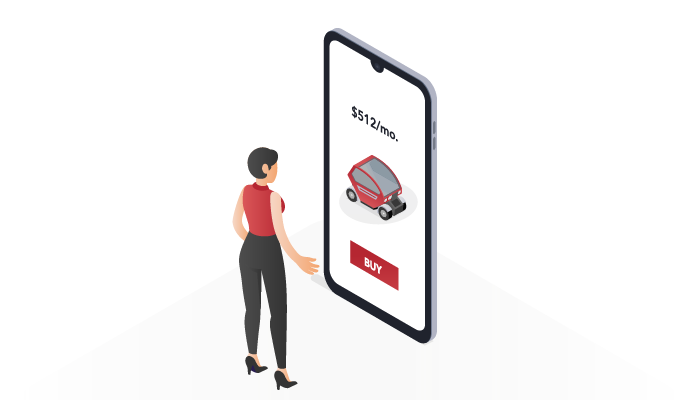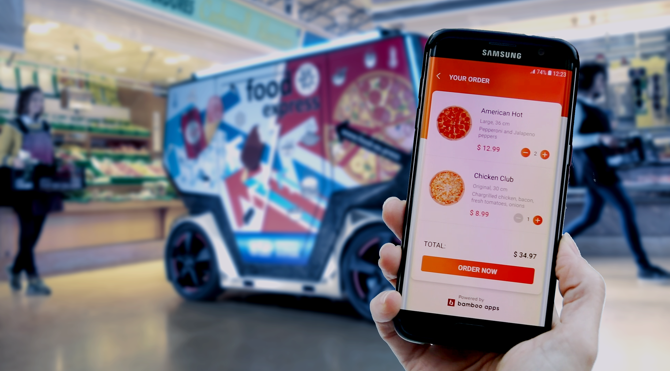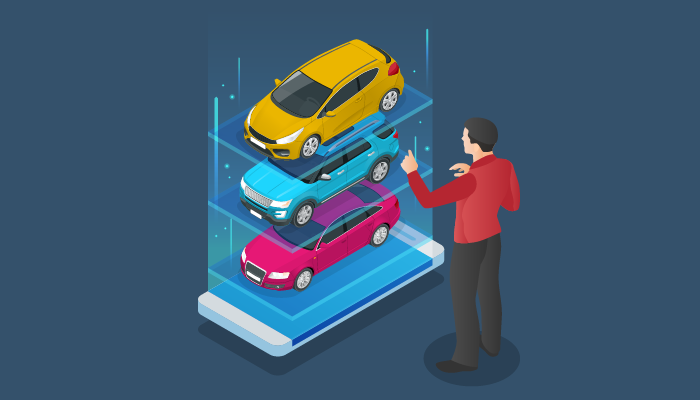Read our thoughts on how the epidemic situation is influencing the trends in the development of automotive apps.
The perspective on the demand for automotive apps that marketing departments of automotive and tech companies have had at the beginning of the year was different from the market trends that emerged after the Covid outbreak. It doesn’t necessarily mean that the pandemic has completely altered the plans made by OEMs or automotive software companies, but the focus will surely switch to meet the situational demand formed by the epidemic.
Are Automotive Apps Still A Worthy Investment?
Fresh automotive software market research by MarketsandMarkets shows that despite the pandemic it is still an attractive path for revenue growth. The automotive apps market is expected to have a compound annual growth rate of 16.9% backed up by the rising demand for advanced car safety technology and a growing focus on connected and autonomous vehicles. That said, businesses should still allocate funds for the development of automotive software, but with the emphasis on building the right types of apps.

What Automotive Apps will be in Demand?
There are numerous articles about the “new normal” we’ll face as the result of the pandemic. While there will be also a “new normal” for the ways people buy and use cars, many trends from the before-Covid times will also contribute to shaping the demand for specific types of car software.
Apps for car dealerships
The idea of buying a car online in the comfort of one’s home isn’t new but becomes even more compelling now with self-isolation and quarantine rules in place. Some OEMs do already have web and mobile apps that allow browsing the inventory and even applying for credit. However, as the demand for online dealerships grows, there will be a need to create even smarter applications with more features.

Delivery applications
There are two most likely scenarios for the development of delivery apps. The first one is connected with the fact that the delivery businesses are gaining momentum since many restaurants and stores are closed or have a very limited capacity due to the safety measures. As the demand grows, so will the number of new delivery services.
Thus, both service providers and users will need better infrastructure and apps to ensure the best experience for all parties. More app features based on the car data will become essential as the speed and effectiveness will become more important: calculation and reporting of delivery time based on the delivery car location & speed, Uber-style matching of orders and delivery cars just to name a few.

The second scenario is connected to both the booming delivery industry and the ongoing development of autonomous vehicles. Concepts of the unmanned delivery vehicles already exist: for example, MetroSnap pod presented by the Swiss mobility innovator Rinspeed at CES 2020.
And as health concerns for delivery workers rise as well, vehicles like MetroSnap will become a viable alternative to conventional delivery, changing not only the means of delivery but also the process itself. Users will rely on apps not only to make or track orders and make payments but also to access their parcels at pick-up.
Car health monitoring and diagnostics apps
Just like dealerships, car service centers will also see a drop in traffic. They can still retain the customers by building advanced apps that will help car owners monitor the condition of vehicles, provide initial diagnostics information that will help to determine the necessity of visiting the service, send special offers, as well as connect them with technicians for online consultations.

***
These few examples can give you an idea of what automotive apps to focus on this year. But, of course, this is not a complete list of mobile applications for vehicles that we could help you design and deliver. If you’d like to discuss how to turn the ideas we shared in this article or any of our own projects into the apps that users will love, don’t hesitate to get in touch.


